Have you ever looked down at your hands and wondered where they truly came from? It might sound unbelievable, but the bones in your fingers share an ancient connection with the fins of fish that swam hundreds of millions of years ago. This story is not just a tale of distant ancestors but a breathtaking journey through time, evolution, and the remarkable blueprint that unites all vertebrate life. It’s a journey that reveals how something as ordinary as wiggling your fingers is rooted in one of nature’s most dramatic transformations.
The Hidden Story in Your Skeleton
When you flex your hand, you’re moving a structure shaped by evolutionary forces stretching back to the ancient seas. The arrangement of bones in your wrist and fingers is no accident; it’s a living record of adaptation and survival. Paleontologists have spent decades uncovering fossils that show how early fish gradually developed bony structures inside their fins. These changes were the first steps toward the complex hands and feet we now use every day. Looking at your own hand, you’re seeing the echoes of an ancient aquatic life, cleverly repurposed for life on land.
Fish Fins: The Original Blueprint

Long before the first land creatures crawled ashore, fish ruled the waters with powerful, flexible fins. Unlike the simple fins of today’s goldfish, some prehistoric fish had fleshy, lobe-shaped fins supported by bones. These bones formed the prototype for the limbs of all land vertebrates. The famous fossil Tiktaalik, for example, reveals a fin with bones arranged much like a human arm. In this way, fins became nature’s prototype for future exploration, giving rise to the limbs that would later walk, climb, and grasp.
From Water to Land: The Great Leap
The transition from water to land was one of the most daring chapters in the history of life. For ancient fish, this shift was a matter of survival, driven by changing environments and the promise of new food sources on land. Over millions of years, fins gradually adapted to bear weight, support movement, and interact with a radically different world. The bones inside these pioneering fins slowly evolved into limbs, equipped with joints and digits. This transformation paved the way for amphibians, reptiles, mammals, and eventually humans to thrive far from the water’s edge.
Unpacking the Human Hand: A Fishy Heritage
The human hand is a marvel of engineering, but its origins are surprisingly humble. If you look closely at the bones in your hand, wrist, and arm, you’ll find a layout strikingly similar to the bones inside lobe-finned fish. Scientists call this pattern the “one bone, two bones, many bones” arrangement: one upper arm bone (the humerus), two forearm bones (the radius and ulna), and a cluster of smaller bones forming the wrist and fingers. This pattern is a direct inheritance from our aquatic ancestors, preserved and refined over millions of years.
Tiktaalik: The Missing Link
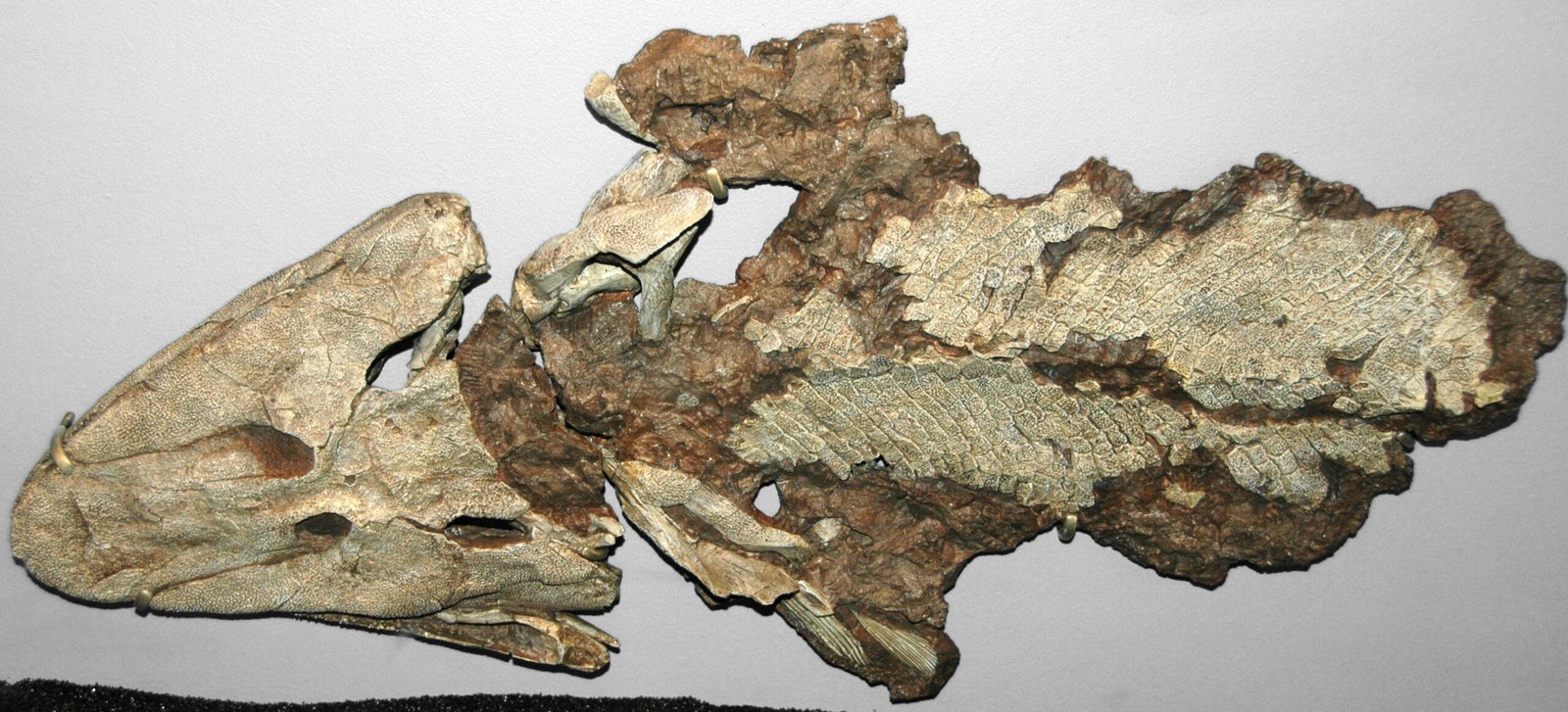
Discovered in the icy rocks of the Canadian Arctic, Tiktaalik roseae is a fossil that changed everything we knew about evolution. Dating back about 375 million years, Tiktaalik had both gills and lungs, scales and a neck, fins and—astonishingly—bones that resemble wrists and fingers. Scientists call it a “fishapod,” a creature caught halfway between fish and land animal. Its discovery provided the clearest evidence yet of how fish fins gradually transformed, bone by bone, into limbs capable of supporting life on land.
Why Fins Needed to Become Limbs
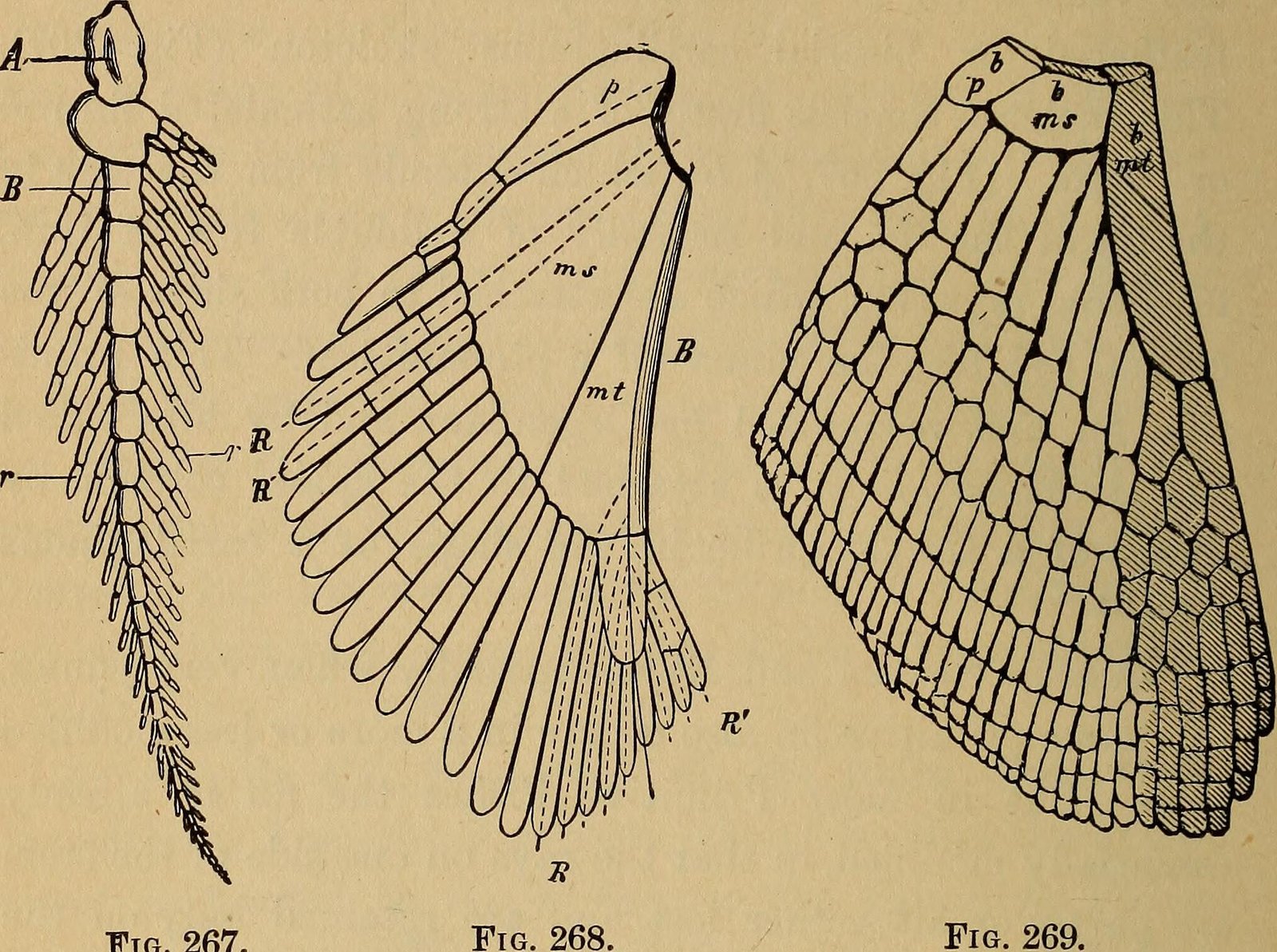
The pressures of a changing world forced ancient fish to innovate or perish. As shallow waters dried up and predators grew fiercer, the ability to venture onto land gave some fish a critical edge. Fins had to become sturdy enough to support the animal’s weight, flexible enough to maneuver, and sensitive enough to interact with new surroundings. Over countless generations, natural selection rewarded the slow transformation of fins into limbs, equipping early tetrapods with the tools they needed to explore and conquer dry land.
Genetic Echoes of Our Fish Past
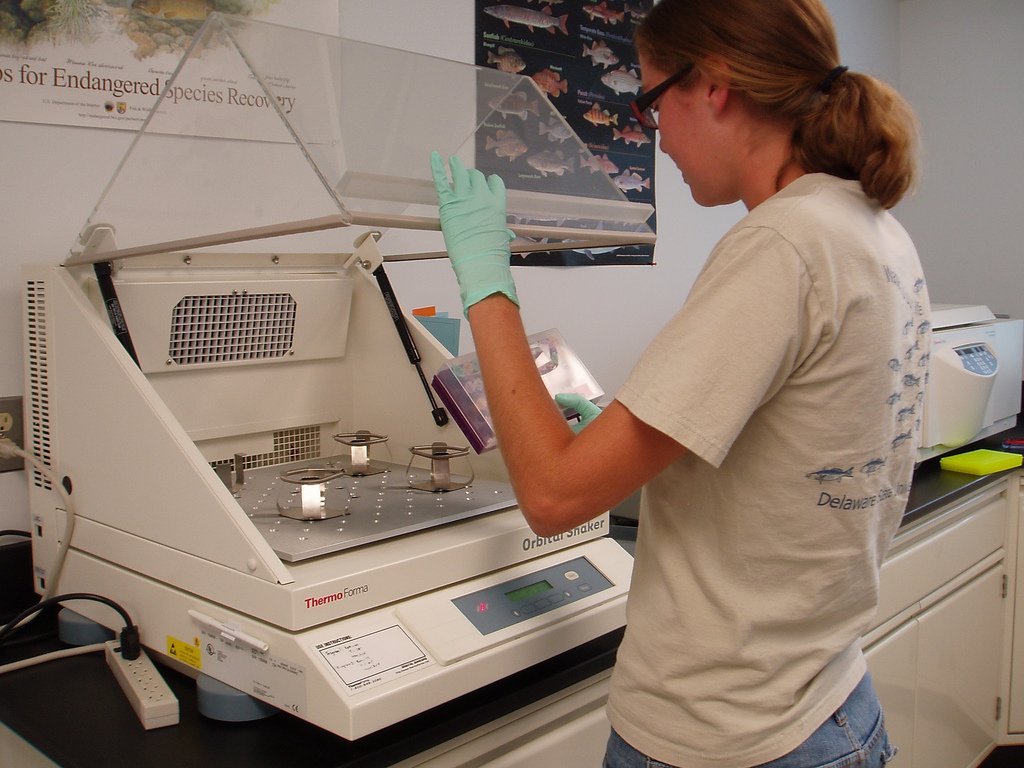
Inside our DNA, the story of fins and fingers is still being written. Modern genetic research shows that the same sets of genes control the development of both fish fins and human limbs. In particular, the Hox gene family acts as a master architect, orchestrating the growth of bones and joints. When scientists tweak these genes in fish embryos, they sometimes produce extra segments or even structures resembling primitive fingers. This genetic evidence powerfully confirms our shared ancestry with ancient fish and highlights the deep connections that run through all vertebrate life.
Embryos Reveal the Evolutionary Path
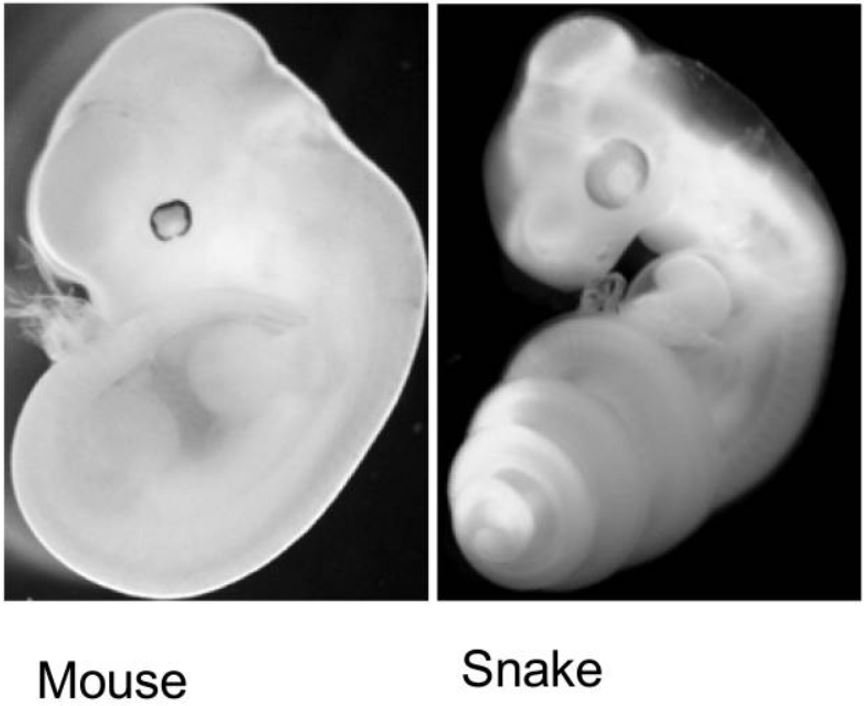
Astonishingly, the journey from fin to hand is recapitulated every time a human embryo grows in the womb. Early in development, human embryos form tiny limb buds that closely resemble the paddle-shaped fins of fish. As weeks pass, cells divide and specialize, sculpting bones, joints, and digits in a process that echoes evolutionary history. This developmental replay is a living reminder that our bodies are built from ancient blueprints, subtly modified over millions of years but never completely erased.
Our Everyday Link to Ancient Seas
Every time you pick up a pen, play an instrument, or give a comforting hug, you’re using tools first forged beneath ancient waters. The structure of your hand is a direct legacy of fish that took their first tentative steps onto land. This connection is more than poetic; it’s a testament to the power of adaptation and the shared heritage of all living things. Even the smallest actions—typing, tying your shoes, or holding a cup—are acts rooted in an evolutionary odyssey that began long before humans walked the earth.
What This Means for Science and Wonder
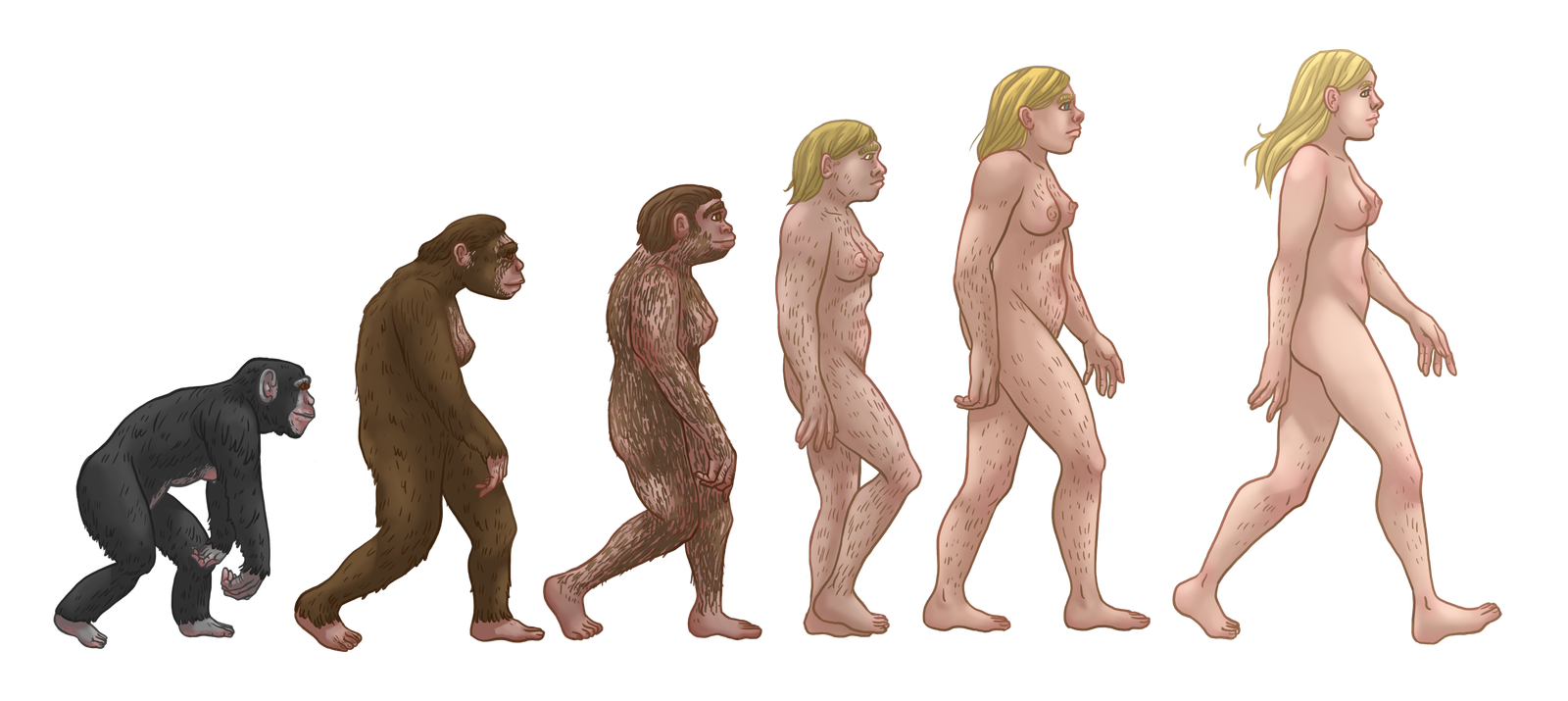
Understanding the fishy origins of our hands doesn’t just satisfy curiosity; it deepens our appreciation for the unity of life. It shows that the boundaries between species are not as rigid as they seem and that all living creatures are part of a grand, unfolding story. This perspective inspires awe and humility, reminding us that our bodies are living museums, carrying the marks of ancient transformations. By studying these connections, scientists unlock clues to development, disease, and the endless possibilities of life itself.
Looking at Your Hands, Seeing the Ocean
The next time you glance at your hands, remember their astonishing journey. Each bone, joint, and muscle is a tribute to ancestors who braved the unknown, who left the safety of the sea in search of new worlds. Our hands are more than tools; they are storytellers, linking us across time to the very first creatures that dared to reach beyond the water’s edge. What other secrets might your own body be carrying, waiting for you to discover?



